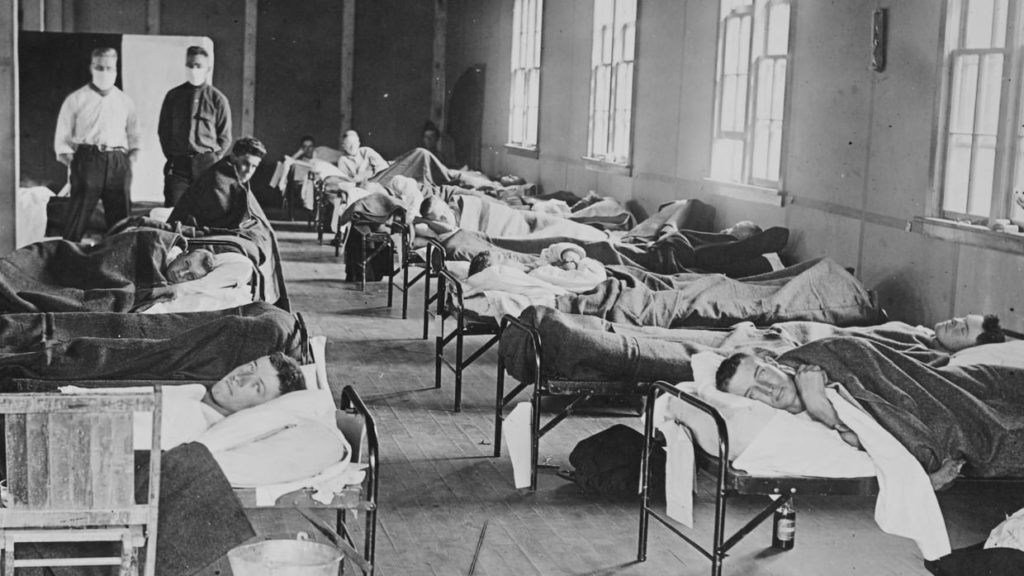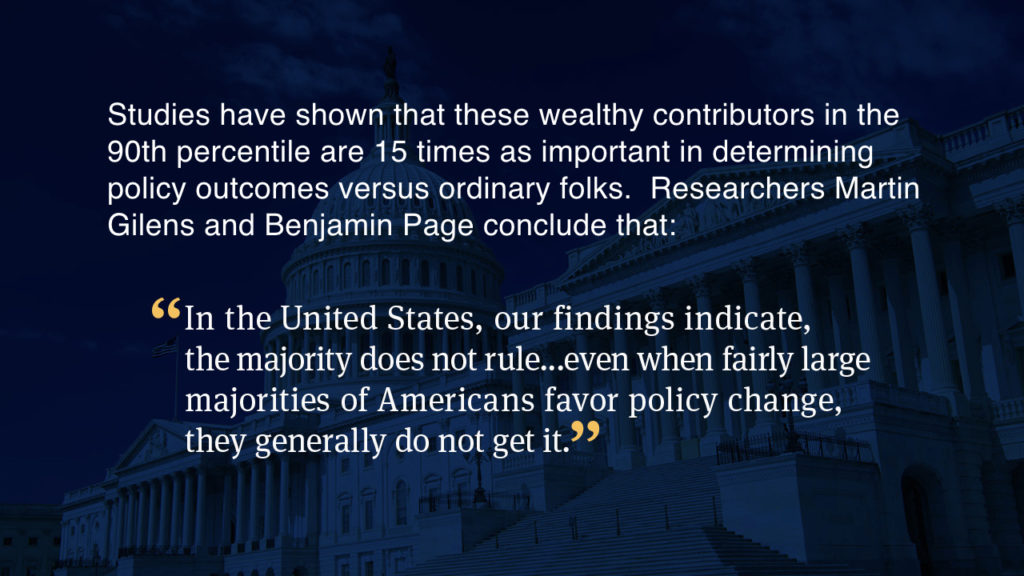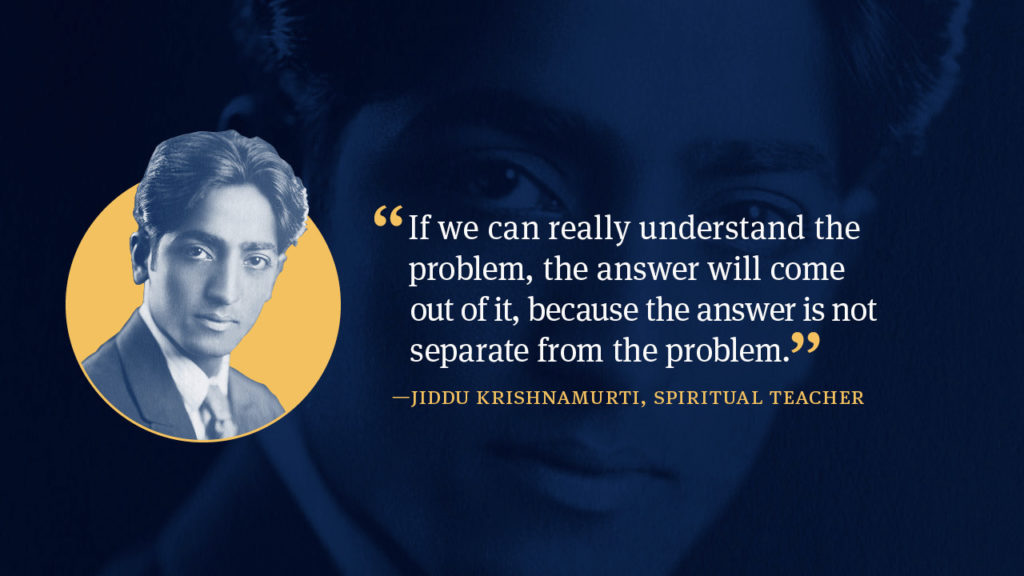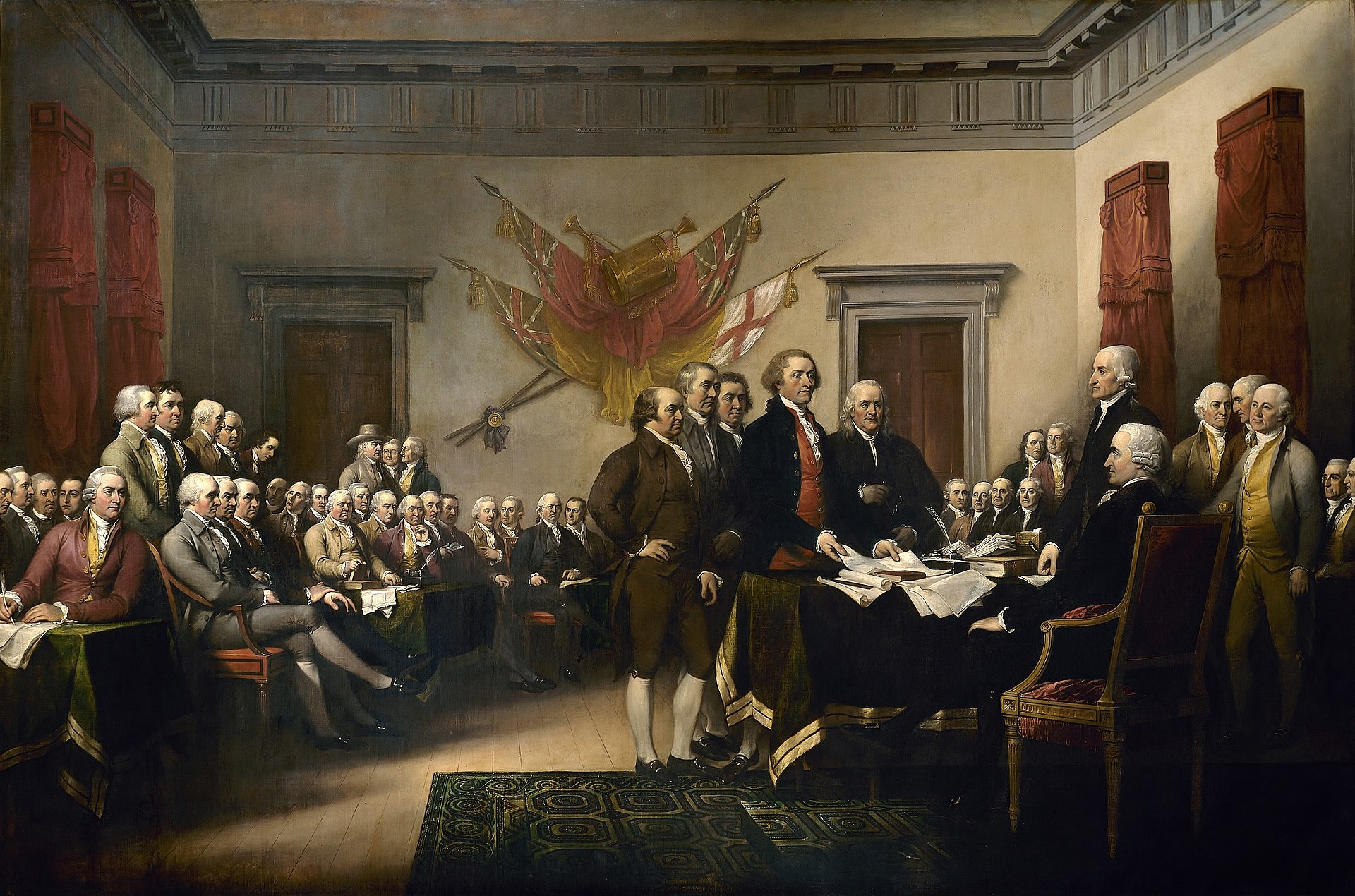If you’re standing in the middle of the street, and a car is speeding at you at 60 MPH, you have an immediate, one-step solution available to you: Get out of the way.
Seldom do large-scale challenges in our society surrender to such simple solutions — or to the actions of one decision-maker. Such is the case with the Coronavirus.
We may be able to prioritize the steps necessary to defeat this disease — but make no mistake — it will not be by doing just one thing. And we’ll need to do it together.
We know this is true because of empirical data collected and analyzed in countries that were saddled with COVID-19 well before we were.
Last week, Epidemiologist Bruce Alyward of the World Health Organization talked about the solutions that worked in an interview on American television. He first acknowledged that the Chinese were far from perfect in their early communication about the disease, but in February the WHO and China started a joint investigative mission to better understand how the deadly trend could be reversed.
Twenty-five international experts collected data on control measures and healthcare services in Beijing, Guangdong Province, Sichuan Province, and Wuhan City of Hubei Province. When they started, on February 9th, there were 2,500 cases being reported per day. When the study was concluded two weeks later, that number was down by 80% to 416.
Alyward explained to NBC News that there were multiple keys to flattening the curve, and that whether in an authoritarian regime like China or a democracy like South Korea, the goals are not achieved via government action alone:
“They are putting shutdowns in place where necessary to slow it down, but then they are mobilizing their whole population to help with the identification, testing, isolation and then quarantine — and supporting people who are in quarantine. So there’s a real movement in these countries to apply not just the big shutdowns, not just to close it down, but also those other fundamentals pieces, which take a massive mobilization of people to effectively flatten it, as you’re seeing there now. That’s the big difference.”
Dr. Alyward is talking about the value of shared responsibility and collective action that goes beyond compulsory orders.
When I watched Governor Newsom finally announce a stay-in-place order in California on March 19th, I was thrilled. Right from the jump, after observing other countries’ experiences — and the laws of mathematics — this had seemed like the obvious first step to me. When Governor Cuomo followed Newsom’s lead the very next day, I thought there might actually be a chance that our President would take a more forceful national posture on his Slow The Spread “guidelines.” No such luck.
Trump keeps talking about shutting down “hot areas” but treating other states and cities differently. Setting aside his desire to get people back to work, which is something we all want, I just haven’t been able to understand how a piecemeal strategy would work in fighting the Coronavirus. Had I been missing something?
No one I know would call me a genius. But many would say Bill Gates is right in that zone. He’s also deeply studied pandemics and authored recommendations on how our country should handle just such a crisis. In a recent interview, he weighed in on the approach he’s helplessly watching from the sidelines:
“We’re entering into a tough period, where if we do it right, we’ll only have to do it once for 6-10 weeks. But it has to be the whole country. We have to raise the level of testing and the prioritization of that testing quite dramatically, in order to make sure we go through one shutdown…And having states go at different things, or thinking you can do it county but county, that will not work. The cases will be exponentially growing anywhere you don’t have a serious shutdown. The sooner you engage in a shutdown, the easier it is to get to that peak. We have not peaked.”
Of course, even if there were something akin to a national “lockdown,” enforcing it is a whole other matter. Yet symbolism can be powerful, and the president has the loudest microphone in the country. There’s a huge difference between half-heartedly holding up a page of guidelines and saying it shouldn’t necessarily apply everywhere versus taking a more forceful, national approach and then giving interviews on ALL networks to show you mean it.
Doing that would at least motivate far more Americans to obey the local orders. If we take a look back to 1918 and the deadliest flu epidemic to ever hit our country, we can see just how much social distancing mattered.

Two studies published over a decade ago in the Proceedings of the National Academy of Sciences revealed that for the cities that quickly took stringent precautions, the death rate was 50 percent lower than in places that acted with less resolve or none at all.
The research also indicated that in cities and regions where people started to venture back out into public gatherings prematurely, outbreaks of new cases turned back the real progress that had been forged.
In predicaments like this, it’s become a well-worn cliche to say: “we’re all in this together.” Still, it is also absolutely true.
We need to continue social-distancing (and urge others in our lives to do so). We need to find new suppliers and connect them to our elected leaders to get the proper protective gear to all of our heroic frontline healthcare professionals (a private group of us in Chicago are working on this in real-time). We need the labs to keep pumping out newer and more efficient testing kits (they are).
It’s not just one thing. It’s a series of important steps. And it takes we the people.
———-
We the people are represented by the US Congress. We elect them and pay them. We are their bosses. It can be easy to lose sight of this at times since we’re always watching them make the rules. But they do work for us.
Over the course of the last two weeks, a Democratically-led House and Republican-led Senate passed a $2 trillion stimulus bill to address the dire health and economic consequences that have been touched off by the Coronavirus crisis. In the world of Washington, that feat was akin to a land speed record.
But that’s what fear can inspire in even the most defective of legislative bodies. And make no mistake, the American people are still enormously disappointed in the job that their elected leaders are doing for them.
As I was researching and writing Unlock Congress in 2014, public confidence in Congress sat at a record low of 7 percent. Six years later, it has skyrocketed by four points to 11 percent.
We released the book on April 15, 2015, Tax Day. It was not by accident. The metaphoric premise for Unlock Congress was that our tax dollars pay for a genuinely defective product. Yet in this transaction, we cannot get our cash back by simply exercising a product warranty. Our citizen warranty — the Constitution — is a far more complicated one to harness.
We only have two choices when it comes to getting better performance in Congress: 1) Electing new members (this hasn’t worked for decades under our current system), and; 2) Reforming the actual rules in American elections and governance so that we may restore the system.
As I was leading up to writing a five-year retrospective article to commemorate the book’s anniversary and spotlight all the progress that had been made, we got hit by the virus, and so did the daily news cycle. So I sort of dropped the idea.
But as I was beginning to write this article about fighting COVID-19, it dawned on me that the two major arguments I was making about beating the disease were pretty analogous to the approach I’d taken in prosecuting the case for unlocking Congress.
The first argument was that there is no one silver bullet answer; a defective Congress is a complex subject, and so a single solution does not exist.
A publisher friend of mine told me at the beginning of the writing process that I should really just zero in on one of the issues; that I’d sell more books that way.
I’d explained to her that I saw four major problems that were driving three terribly negative effects on Congress (the “D.C.—4-3”) — and that each of these problems was making all of the others more intractable. That was the whole point of writing the book. Not ever really having had the expectation of writing a bestseller, I decided to stick with my approach to laying out multiple impediments in the system:
- The corruptive — yet legal — influence of big money
- Single-member congressional districts that are gerrymandered (rigged) by the very politicians running to retain their seats
- Closed primary elections
- Arcane and unconstitutional blocking rules in the US Senate
(To understand each of these in more detail, see article here or check out Unlock Congress)
The second analogous argument from COVID-19 was on collective civic action. In order to exercise that constitutional warranty, the onus wold be on us. We the people — mobilization borne of free will. It has ever been thus.
The great news is that there’s been huge progress over the last several years to correct some of these defects in the system.
It is true that the “money flood” that washes through Washington continues to wipe out the influence of ordinary Americans in the congressional decision-making process. But step-by-step, we come closer to flipping that script.

In major cities like New York, Seattle, Washington, D.C., Denver and Baltimore, public campaign finance programs based on small-dollar matching funds are giving more power back to the people — and by extension to challenger candidates who don’t have quick access to millionaires and big SUPER-PACS.
The federal model of this program is called the Government By The People Act , and when I wrote about it five years ago, it was a little known proposal from Maryland Congressman John Sarbanes. Today is it the lead reform in the sweeping anti-corruption “HR1” legislation that the new Democratic Majority introduced on Day One of the 2019 congressional session.
Sarbanes is out front on it, and while it’ll take more time to get there, the momentum is unmistakable. Various Republicans are in favor of the concept and the overwhelming majority of the 25 Democratic presidential candidates in 2020 officially supported the Act.
Second, the rigging of congressional districts has been diluting the power of people’s votes since the very birth of gerrymandering in 1812. But thanks to grassroots efforts, there are now 16 states that draw their legislative maps through some form of an Independent Districting Commission.
On top of that, the nonpartisan group FairVote has been fighting against rigged House races for more than 20 years by promoting Ranked Choice Voting. RCV helps to provide voters more choices, discourage negative campaigning and elect officeholders who are more reflective of the diversity of the constituents they represent. FairVote has moved RCV from being an idea to being the way elections have been run in more than 20 American cities (including New York, Oakland, Minneapolis, San Francisco, etc.), congressional elections in the state of Maine and in five states’ presidential nominating contests (Kansas, Wyoming, Nevada, Alaska and Hawaii).
Third, closed primary elections remain a problem in America; giving inordinate power to the base voters of the two legacy political parties — and squeezing moderate and independent candidates out of general elections. But this is changing. Seventy percent of us say we want open primaries, and now at least 22 states have at least one party that holds an open primary.
Pennsylvania’s State Senate just passed a bill to open up its primaries and it will now go to the General Assembly. And last week we saw a fascinating turn of events in Florida: The State Supreme Court ruled that an amendment to open up the primaries be allowed on the November ballot for all Floridians to decide — even as both political parties objected to it! It was a perfect example of the strength of the grassroots upending party power. It is possible.
Finally, the filibuster and cloture rules in the US Senate, which allow a single individual in a nation of 330 million people to grind all legislative business to a halt. Constitutional scholar Emmet Bondurant and I have been making the case for years that majority rule should be restored to the US Senate, as our founders outlined more than two centuries ago.
While a more controversial reform, more and more Americans want to see the rules changed in the Senate. The filibuster has already been removed for cabinet appointments and for judges, by the Democratic Majority Leader and Republican Majority Leader, respectively, which leaves just legislation (the most important task that Congress performs).
President Trump has repeatedly signaled his desire to outlaw the filibuster once and for all. And in the 2020 Democratic Presidential Primary, Senator Elizabeth Warren and Mayor Pete Buttigieg announced their agreement. Right behind them, Senators Bernie Sanders and Kamala Harris each expressed their willingness to consider removing the filibuster if elected.

The upshot of all this goes right back to the second paragraph: complex challenges usually require a multi-faceted solution and mobilization of a community to get it done.
It can be a team, a town, a state or a country. And let us never forget that our American whole is made up of the sum of her collective parts.
Pandemics have been defeated. We did it with the “Spanish Flu” in 1918 — but not before 675,000 Americans died (ten times more than in the first World War).
Let’s hope our leaders learn from that terrible time and make better and more consistent decisions during the still-unfolding Coronavirus crisis.
And bearing in mind the official decisions being made, let’s each go the extra mile on our own. Pull together by staying apart. Collective action. That same self-mobilizing spirit that will keep us pushing our government to adopt new reforms in order to restore the system and lift our country back up.
It can be done. Out of many, one.


